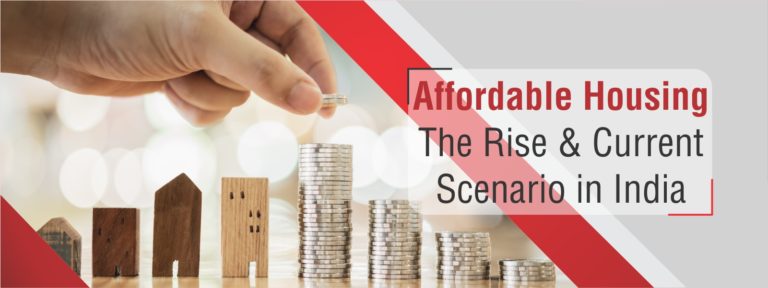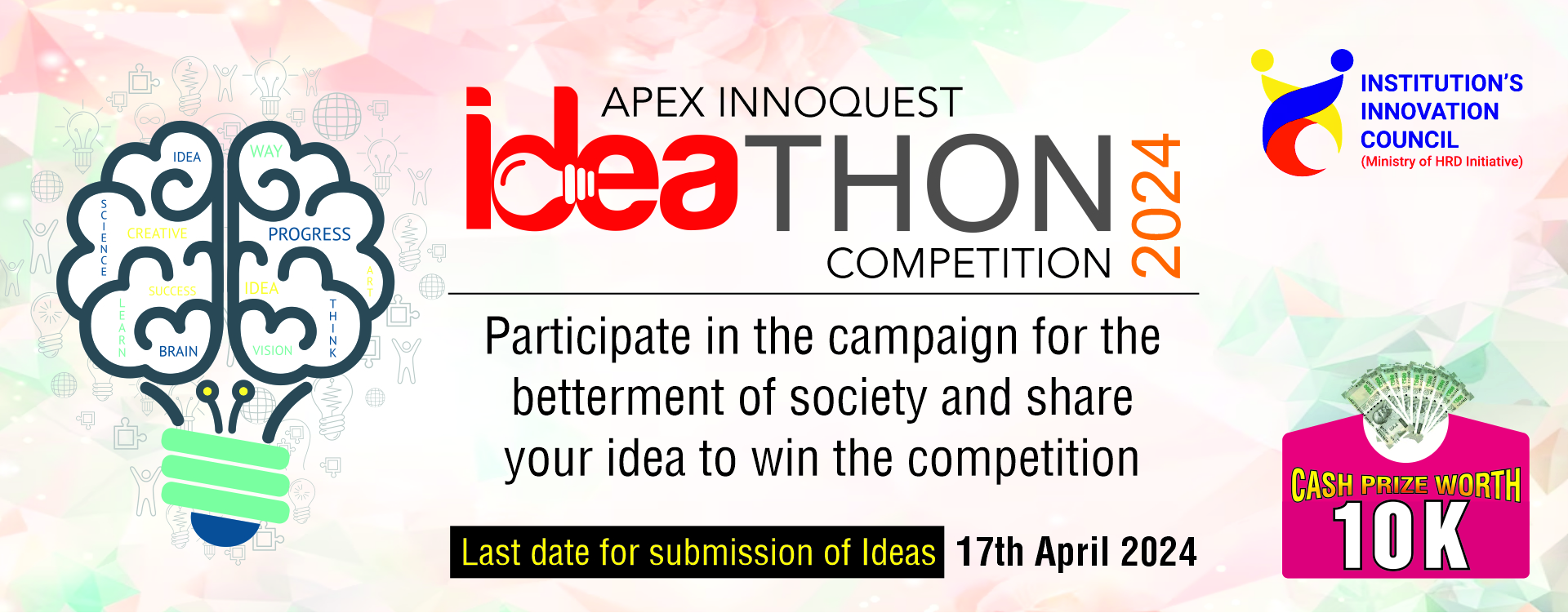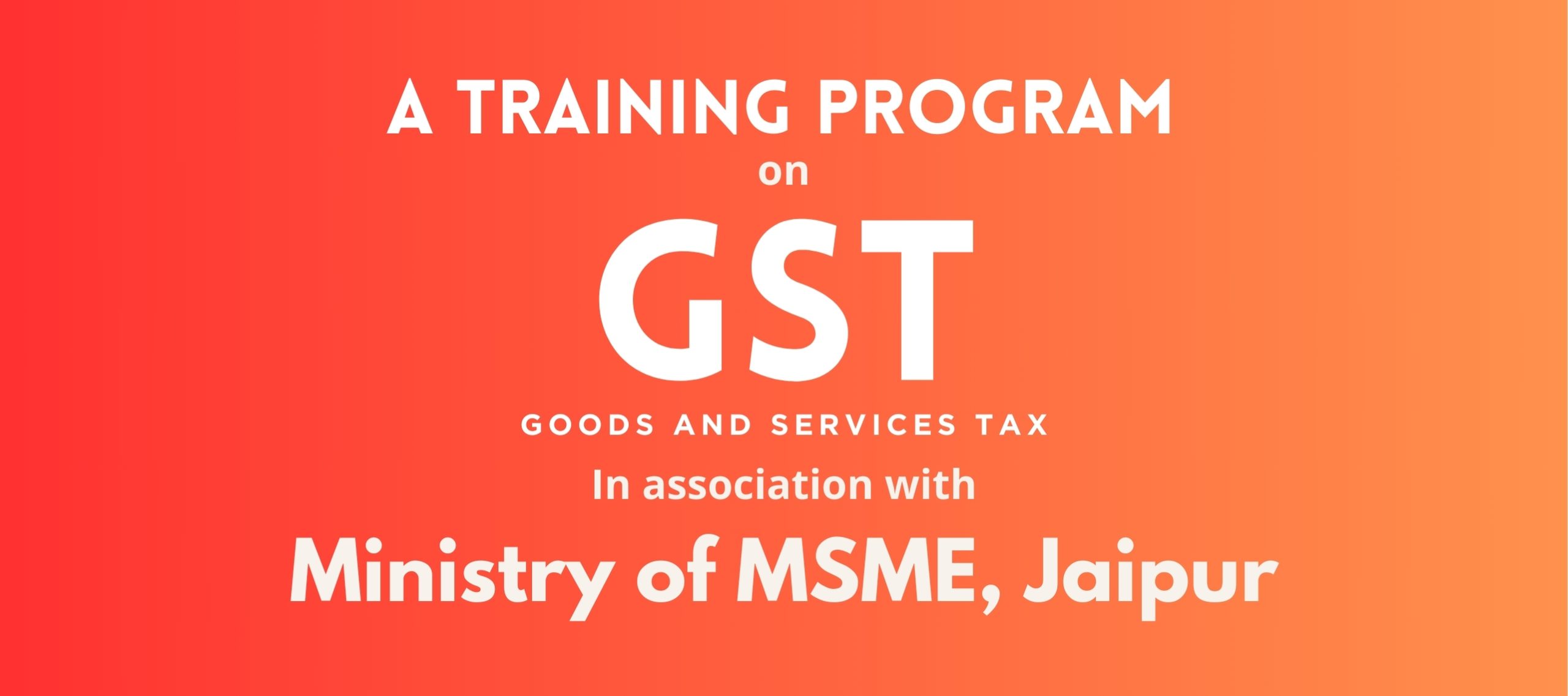Part 2 : Issues of affordable housing(In continuation to 1st article)
Housing & Social Sector
Housing stands as an expression of our well-being and developed city scenarios. Shelter is the basic requirement for humans after food and clothing. After 71 years of Independence, India is still struggling with rising shelter problem without any concrete steps taken to tackle it.
While successive governments in the past tried to address the issue of affordable housing and failed, the government has set itself a steep target to achieve this goal by 2022.
Social sector is an important sector for India’s economy and includes several important component such as education, health and medical care, water supply and sanitation, poverty alleviation, housing conditions etc. that play a vital contribution in human development.
The launch of three mega urban schemes in India, i.e.,
1. Smart Cities Mission,
2. Atal Mission for Rejuvenation and Urban Transformation (AMRUT), and
3. Housing for All in urban & rural areas,
It will set in motion the process of urban transformation to enable better living. The missions are new, innovative and focused on pressing needs to improve the quality of life for citizens today, and in the future.
Solution of problem
The phenomenon of growth of cities in developing nations, characterised by massive population rise and high migration rates, has created a huge demand-supply gap under the government-planned urban systems, especially with respect to the provision of inclusive, affordable housing.
The urban poor, therefore, come up with their solutions to housing, commonly referred to as slums or informal settlements. In India, there is a general realization that informal settlements are a significant component of the urban fabric, and thus must be integrated into the city and urban systems.
The Swarna Jayanti Shahari Rozgar Yojana (SJSRY); Sub-mission II on Basic Services to the Urban Poor (BSUP) under JNNURM; Integrated Housing and Slum Development Programme (IHSDP); and the Rajiv Awas Yojana (RAY) were some of the major programmes that are targeted towards urban poverty reduction and improving the access of the poor to basic services in India.
More recent, Pradhan Mantri Awas Yojana -“Housing for All by 2022” Mission – National Mission for Urban Housing was launched. The Mission is being implemented during 2015-2022 and provides central assistance to Urban Local Bodies (ULBs) and other implementing agencies through States/UTs for:
The Swarna Jayanti Shahari Rozgar Yojana (SJSRY); Sub-mission II on Basic Services to the Urban Poor (BSUP) under JNNURM; Integrated Housing and Slum Development Programme (IHSDP); and the Rajiv Awas Yojana (RAY) were some of the major programmes that are targeted towards urban poverty reduction and improving the access of the poor to basic services in India. More recent, Pradhan Mantri Awas Yojana -“Housing for All by 2022” Mission – National Mission for Urban Housing was launched.
The Mission is being implemented during 2015-2022 and provides central assistance to Urban Local Bodies (ULBs) and other implementing agencies through States/UTs for:
- In-situ Rehabilitation of existing slum dwellers using land as a resource through private participation.
- Credit Linked Subsidy.
- Affordable Housing in Partnership.
- Subsidy for beneficiary-led individual house construction/enhancement.
Despite these initiatives, providing a decent living environment for the urban poor remains a complex undertaking of multifaceted nature; especially where the concept of human settlement is viewed as both product and process.
The situation is further complicated by lack of finance, access to land, security of tenure and issues with respect to political vote-banks. Together, these deficiencies seem to induce a vicious cycle of poverty trap and/or slum formation.
Further, slum redevelopment has historically meant imposition of new typology of developments onto slum residents, rarely taking into account the history of place, local knowledge and socio-cultural values of the residents leading to limited success for efficient and sustainable housing for the urban poor.
Aim
The aim is to develop an appropriate
design/planning and feasibility/financial models based on understanding the existing social, economic, environmental legal and political conditions of Kacchi Bastis /Slums at different regional scenario that would in-form the preparation of a slum upgrading, redevelopment and other identified framework and affordable housing design options (in-situ as well as redevelopment and relocation).
A micro-approach (resource-efficiency, community-centric, micro-finance, cost-effectiveness) with inclusive methodology rather than macro perspectives will be encouraged. However, these may fit into larger and varied government initiatives for urban poor especially “PMAY Housing for All 2022” / CMJAY.
Objectives
1. To understand, study and document the case
a. The role of physical, economic, social, and environmental context and site conditions in exploring appropriate housing possibilities for urban poor;
b. The systems of land ownership and tenure security; informal hegemonic structures that has a bearing on the production and use of space, hence housing
c. The vulnerability that situates the communities in poverty, general deprivation, marginal ecological conditions and infrastructure deficiency;
d. The various government initiatives for the urban poor including housing, livelihood, social security, etc.
2. To provide recommendations for development of slum upgrading/redevelopment and regularisation framework and affordable housing design options
a. High settlement densities accompanied by poor living conditions;
b. Efficiency in design, both at site planning and dwelling levels, with a focus on quality of spaces embedded in socio-cultural values of the residents and incremental typology;
c. Various financial models and approaches to delivery of housing for poor and coping with infrastructural deficiencies as well as ecological vulnerabilities
d. Informal pockets within the city seeking urban integration through form and city wide networks (using communication, mobility and synergy as the major drivers).
e. Housing design and financial models based on CMJAY / PMAY.
Methodology
Participatory and exploratory approach that is sympathetic and responsive to local realities and context. These cases will have five main phases:
- Understanding and Reviewing
2. Observing and Documenting
3. Analysing and Synthesising
4. Formulating and Demonstrating
5. Re-visiting and Reflecting
Suggestive “Design Innovations” for slums
Design for affordable housing in the busy urban context will always developed by taking surrounding as focus.
Also after doing study, survey and documentation one will get the idea of their daily living style, activities, economy generation sources, basic infrastructure requirement (water, electricity and sanitation), tenure, social conditions, cultural environment, community needs, housing typologies and layouts, open space requirement for different age groups, affordability and other requirements like youth and women training centres which upgrade their living and create options for economy generation.
These factors will also hold the stakeholders in the upgraded or redeveloped affordable housing and eliminate the chances of leaving and renting out the provided for economy and creating the new slum areas in the city. These factors will include in brief like :
a) Adaptive
b) Affordability
c) Accessibility
d) Adaptable
e) Attractive
f) Security
g) Innovative construction techniques
h) Sustainable materials and approaches, etc
i) Also provide different housing units (various sizes) but one will avoid mentioning the headings like EWS or LIG, it creates inferiority complexes in the communities which end up in creating class groups (income classes) instead that govt should provide them houses according their requirement (family sizes) and not on the basis of classes. It’s kind of giving respect to the beneficiaries and not dividing them.
Conclusion
These approaches of developing affordable housing give best living environments for the stakeholders which prevent new slums as they own these housing neighbourhoods instead of renting it out and get involved in the responsibilities for managing it.
This is the great opportunity to create societies where different income groups (LIG & EWS) and social groups come together to get peaceful living, this eliminates the society status. Hence all the approaches in these sectors goes well and it add up stars in the Smart City mission.




